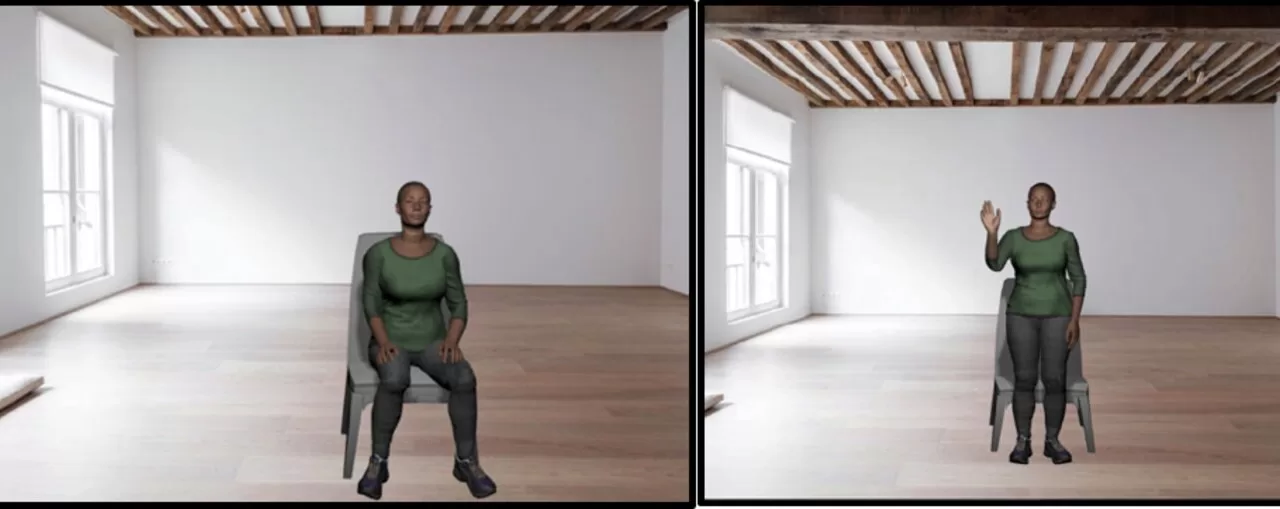A recent study conducted by researchers at Aston University has revealed that a computer-generated virtual breathing coach can be just as effective as a human trainer for improving physical, mental, and emotional well-being. The study, published in Scientific Reports, suggests that individuals could achieve similar results with an on-screen virtual reality (VR) coach as they would with a trained professional.
The research comes at a time when the global impact of the COVID-19 pandemic continues to affect millions of people, not only with respiratory issues but also with long-term anxiety and depression. While traditional treatments such as medication are common, breathing exercises are one of the simplest and most accessible methods for alleviating the psychological and physiological effects of stress. However, hiring a trained coach for in-person sessions can be expensive and time-consuming, especially during a period of social distancing.
To address these challenges, the researchers developed an online system that enables users to receive breathing guidance from a virtual coach, with exercises that can be performed at home. The VR coach, which appears as a human-like figure on screen, demonstrates the movements of the chest and head as it guides users through a set of breathing cycles: inhale, hold breath, exhale, and hold breath.
In the study, twenty volunteers tested the system and were asked to complete a questionnaire afterward. The results were promising, with 73% of participants finding the virtual coach likable and trustworthy, 76% reporting it was easy to use, and 60% expressing an interest in using the system in the future.
Dr. Ulysses Bernardet, the lead researcher and lecturer in computer science, commented, “Although the virtual human-to-human interaction experience provided by our system is not on par with the naturalistic human-to-human interaction, the results indicate that people are willing to replace a real human coach with a virtual coach.”
He also pointed out the growing concerns around the accessibility of healthcare due to high costs and limited availability of trained experts, with many individuals turning to online platforms for self-help solutions. While these online resources are readily available, the challenge often lies in maintaining adherence to the exercises over time.
Professor Aniko Ekart, a colleague of Dr. Bernardet, noted that as virtual humans continue to improve in photorealism, the potential for human-machine interactions to become more seamless is immense. However, she also highlighted some challenges, including ensuring consistency in the appearance and behavior of virtual coaches, as well as addressing ethical considerations in their design and use.
The researchers acknowledge that their current desktop-based system offers limited immersion, which may affect its effectiveness in promoting relaxation and influence. However, with the increasing availability of VR equipment, they plan to further investigate the potential of a 3D immersive VR breathing coach in future studies.
More information:
Sanobar Dar et al., “Usability, acceptance, and the role of realism in virtual humans for breathing exercise training,” Scientific Reports (2025). DOI: 10.1038/s41598-024-82886-7
Disclaimer: This study was conducted under controlled conditions and may not fully reflect the effectiveness of virtual coaching in all contexts. Further research is needed to assess its long-term benefits and suitability for diverse populations.












